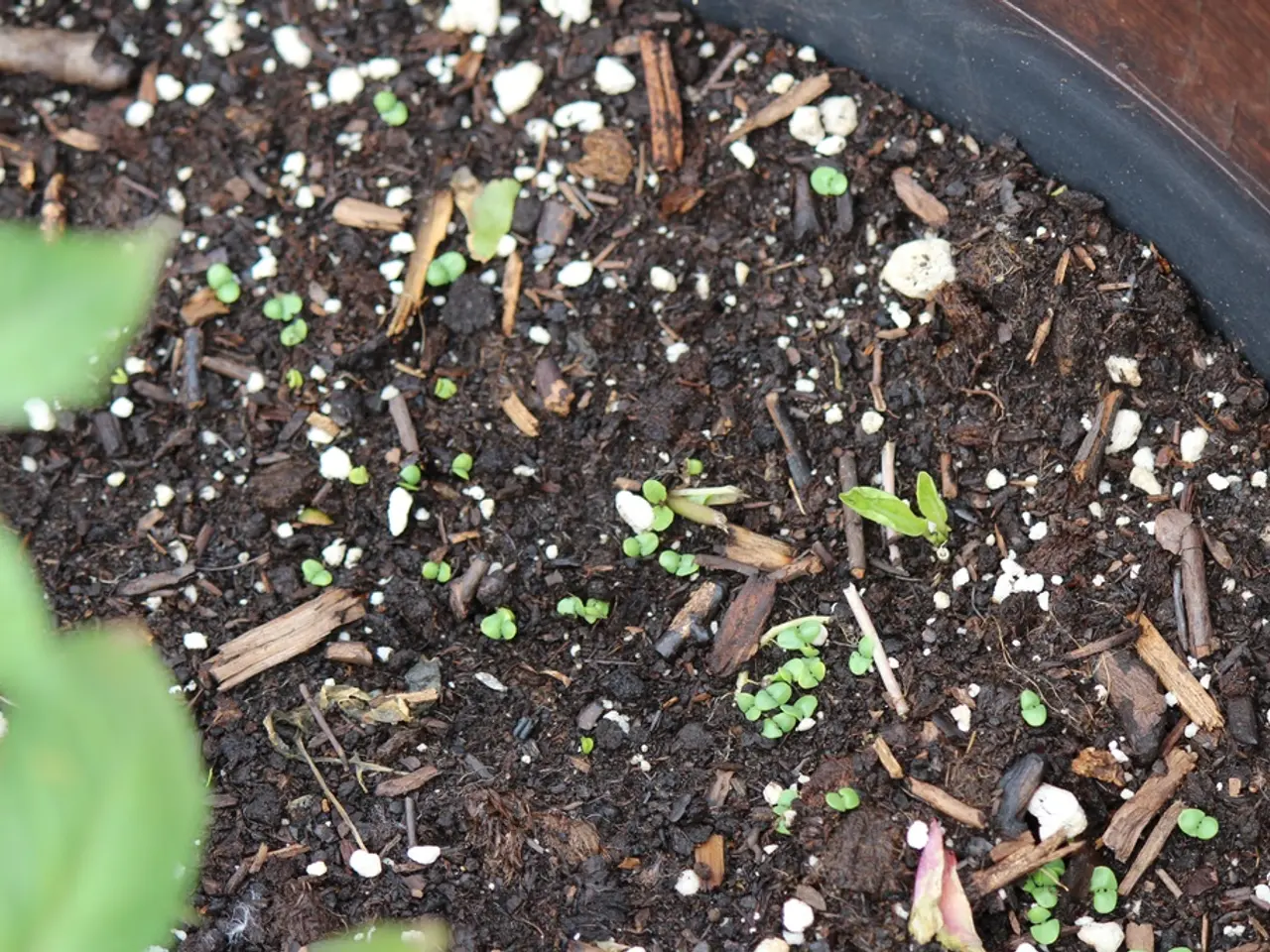Breakthrough in Rice Paddy Iron Mineral Transformations
Scientists from ETH Zurich and Kasetsart University have made a breakthrough in understanding iron mineral transformations in rice fields. The study, part of the European Research Council-funded IRMIDYN project, could have applications in various Earth sciences and beyond.
The research team, led by Ruben Kretzschmar, used a novel method involving iron-57 labeling and Mössbauer spectroscopy to study the chemistry of periodically flooded soils. They discovered that iron mineral transformations in rice fields are dominated by the dissolution of added minerals and the release of reduced iron into soil pore water, with proximity to bacteria promoting mineral dissolution.
The findings also revealed the life cycles of iron minerals in soil and the role of iron in controlling biogeochemical cycling and ecosystem processes. Rice fields, vital for food security and economically, were found to host new nanocrystalline minerals containing both reduced and oxidized forms of iron. These minerals can affect biogeochemical cycling and ecosystem processes, making iron a linchpin in chemical cycling in the environment.
The study, carried out in collaboration with rice farmers in Thailand, has significant implications for understanding geological processes, pollution management, and energy production. It also contributes to our understanding of the chemistry of periodically flooded soils and the life cycles of iron minerals in soil. Further research is expected to build on these findings and expand our knowledge of these critical processes.
Read also:
- Transitioning to Electric Vehicles Places Heavy Demand on Power Grids
- E-mobility continues its progress after a decade since the scandal, staying on course
- The Commission deems the assistance program to be in agreement with the domestic market regulations.
- Innovative Garments and Accessories Producing Energy: Exploring Unconventional Sources for Renewable Power








